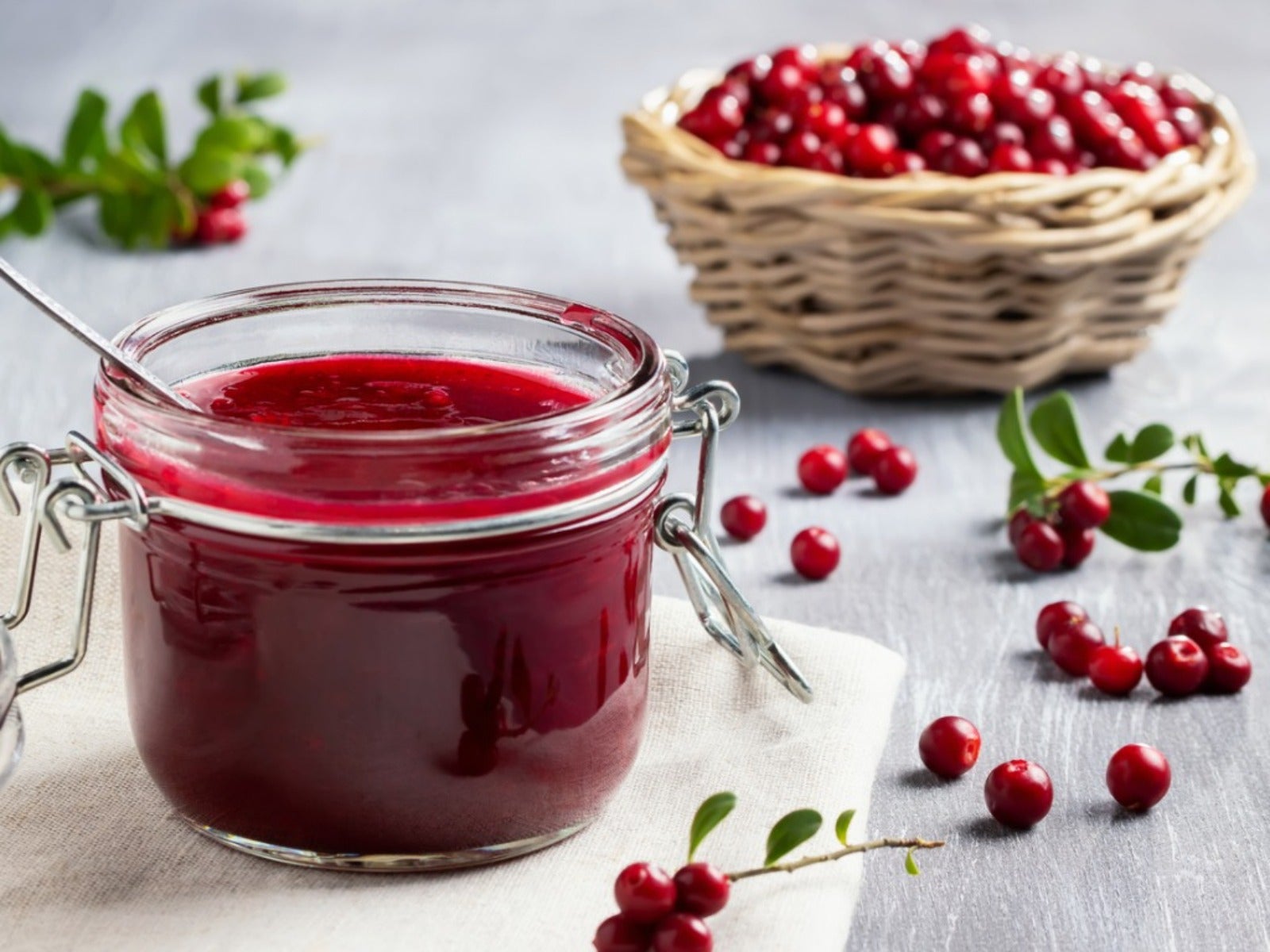
A berry that has had little to no popularity in the United States is the lingonberry. What are lingonberries and are they edible? Popular in Scandinavian cuisine, the lingonberry is indeed edible and the taste is much like that of cranberries. Not only are the berries edible, they're used to make a variety of desserts, jams, tea, and a delicious lingonberry juice drink. Flavor aside, are lingonberries good for you? Read on to learn all about lingonberry benefits and how to use and grow the berry.
What are Lingonberries?
Lingonberries are a member of the genus Vaccinium which consists of over 450 species, including highbush blueberry (V. coymbosum) and cranberry (V. macrocarpum). Suited to cool climes, lingonberries are native to Alaska, the Canadian Pacific Northwest, Europe, Scandinavia and northeastern Canada, but are rarely cultivated.
The lingonberry plant is an evergreen, woody perennial, acid-loving shrub with a low, spreading growth habit. It grows to 1 foot (0.3 m.) high and 3 feet (0.9 m.) across. The plant spreads beneath the soil via rhizomes.
Lingonberry is a hermaphrodite that is pollinated by bees. It blooms from May to June with seeds ripening from August to October.
Lingonberry thrives in moist, well-draining soil that is sandy to loamy, and in light shade to full sun. The soil should be very acidic with a pH of 4.5-5.5.
About Lingonberry Fruit
The resulting lingonberry fruit is small, red to dark red, and tangy. As mentioned, the fruit is rarely cultivated and instead harvested wild. In fact only 71 acres of commercial lingonberry acreage exists. Why aren’t lingonberries cultivated?
Lingonberries are finicky about their habitat. They prefer colder climates (USDA zones 2-4) for one thing and only bloom twice a year on plants that are at least a year old. Mimicking these conditions makes cultivating the fruit difficult as well as expensive, although lingonberry production has recently begun in the Pacific Northwest.
Sign up for the Gardening Know How newsletter today and receive a free copy of our e-book "How to Grow Delicious Tomatoes".
Are Lingonberries Good for You?
If you can get your hands on lingonberries you will be doing your body a favor. Lingonberries are rich in antioxidants, anthocyanins, and flavonoids. The berries also contain quite a bit of vitamin C.
Lingonberry Uses
Lingonberries are used much the same as cranberries. They are usually picked in the late fall after the first frost and can then be used fresh, dried, frozen, juiced or processed. Processed lingonberries can be turned into canned preserves such as jam, relish, chutney or even catsup.
Juiced lingonberries can be drunk immediately, frozen or used in other recipes. The juice combined with allspice, cinnamon, cloves and nutmeg yields a delicious hot spiced lingonberry juice. Combine the juice with unsweetened applesauce and sugar, dry it out, and you have lingonberry fruit leather!
As for lingonberries dessert uses, the Scandinavians have a legion of recipes. Perhaps try “troll cream,” a traditional Norwegian dessert combining sugar, egg whites and lingonberries whipped into a pink, fluffy, sweet mousse.
Lingonberries cooked down with bananas, sugar, water and pectin yield a fabulous lingonberry banana jam.
A tea can also be made by steeping the leaves of the lingonberry. It should not be ingested on a regular basis, however, as it contains the toxin arbutin.

Amy Grant has been gardening for 30 years and writing for 15. A professional chef and caterer, Amy's area of expertise is culinary gardening.
